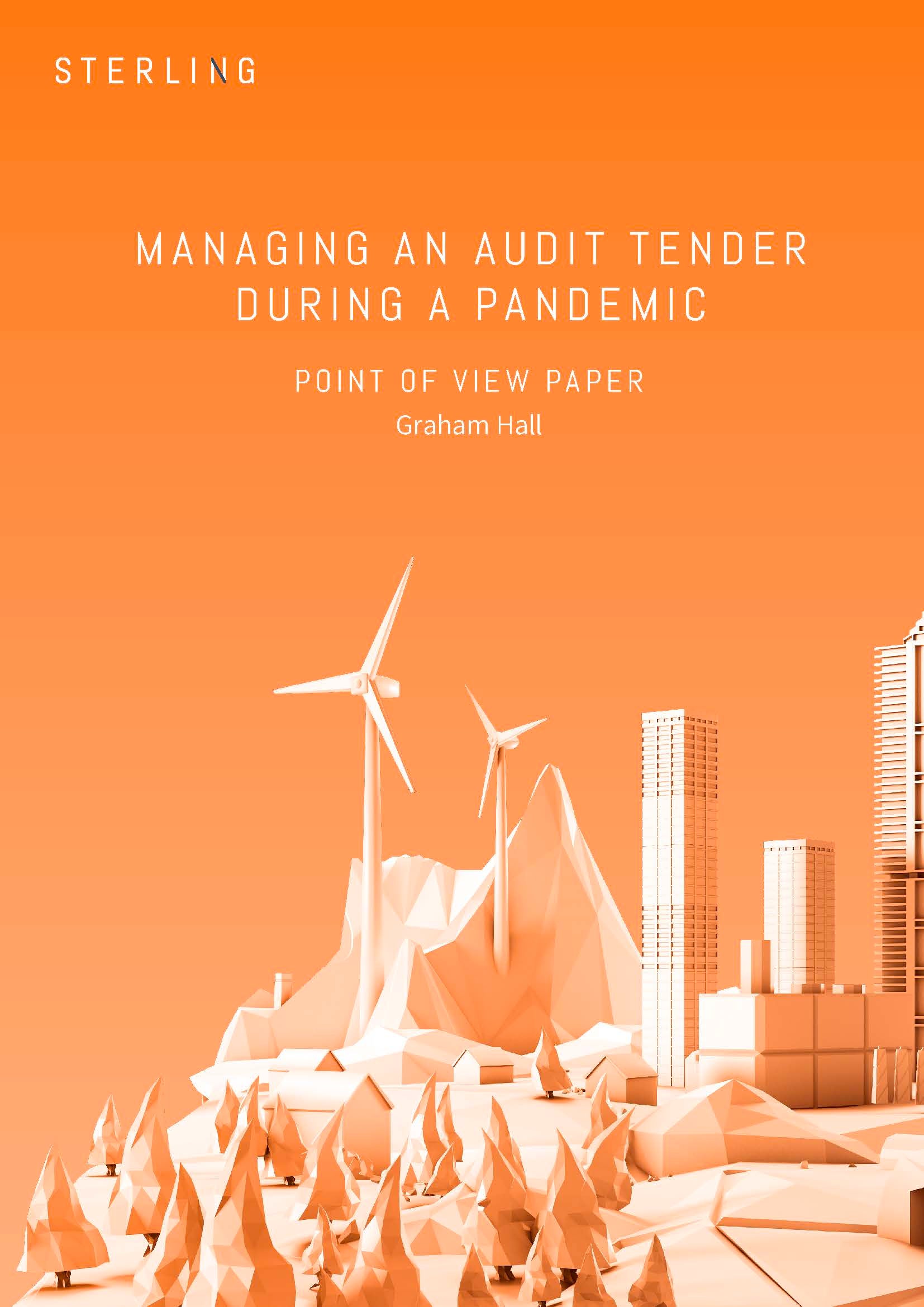
While different market research companies reporting on the virtual data room (VDR) sector are stating various numbers, it’s safe to say it is likely to grow by upwards of 300%, to more than US$3.5bn by 2025.
Virtual Data Rooms are online, cloud-based workspaces allowing audit tendering companies to securely manage and share large amounts of information, which facilitates information-intensive business processes and enables secure enterprise content collaboration.
VDRs are delivered through highly secure and scalable cloud-based platforms which allows a vast amount of data to be securely transferred across organisational and geographic boundaries using only a standard internet browser. A VDR platform is efficiently scalable, catering to the needs of small groups and individuals within a single organisation to large teams across multiple enterprises.
They bring together multiple features, such as integrated content management, information rights management, analytics and reporting, together with embedded redaction and translation tools to drive efficient and effective business collaboration for multiple use cases.
These workspaces mimic their physical counterparts in all ways but are superior in several factors that are leading to an explosive growth in this market. Some of the main factors that are making VDRs more and more attractive are, but are not limited to:
- No physical space is needed
- The deal can be set up by any company anywhere in the world, and can invite prospective partners globally
- Expensive travel can be avoided
- No health and safety issues
- Involved personnel, except for agreed virtual meetings, can work in the VDR at any time to suit their schedule
- VDRs are protected by ever more effective security frameworks like 256-bit and 512-bit encryption
- Compliant to a host of international data security standards like ISO 27001, ISO 9001, ISO 140001, Cyber Essentials Plus and GDPR
- Presence of multilingual translation facilities
- Ease of uploading large amounts of data to the VDR by dragging and dropping files, and even folders
- Information rights management and multi-level access permissions covering people and documents
- Large volume key phrase search and multi-document redaction using optical character recognition (OCR)
- Pre-set or custom reports on any VDR function
- Secure Q&A functions
- 24/7/365 availability and access to the VDR
All the above factors save time and money, increasing the efficiency of the dealmaking process. Not a small consideration when one imagines the size and complexity of even the smallest deal. Larger deals may be transacted between the seller and multiple buyers/bidders with potentially hundreds of people involved. VDRs may be used for audit tenders, bankruptcies, due diligence processes, mergers & acquisitions, public and private debt and equity capital raising, clinical trials and organisational restructuring.
Privacy and security
All of these require the most robust adherence to global data privacy protection regulations, to ensure all risks to the extremely sensitive intellectual property held in any VDR are managed and be demonstrably safe from unauthorised access or cyber-attacks.
Another reason VDR usage is rising is that it is an extremely flexible service, capable of a bewildering range of possibilities. Need a VDR for an audit tender involving two companies and 10 people in one city? No problem. Need one to handle one seller, five buyers, 300 people and across 10 cities on three continents? Just as easy.
The other brilliant thing is that because this is a digital service, it automatically benefits from everyday general technology advances. Hardware becomes better, faster, cheaper. Software of all types is updated all the time. Security is made more secure. Regulations protecting everything are made more robust.
Industry-leading innovation
And it is important proactively to anticipate all of these changes and make sure they are reflected in VDRs, as Sterling Technology has done. The current iteration of its platform is already industry-leading, but it also has a healthy pipeline of new features that will maintain its position.
The secret of Sterling’s continued success has several components – the most important of which is that it consults clients across verticals on every VDR functionality and/or process change under consideration.
This provides invaluable usability feedback and, most importantly, makes sure that new features are embedded in the VDR platform and tested thoroughly before being released to the market.
Sterling’s VDR uses artificial intelligence (AI) for rapid automated document redaction. A Microsoft Office viewer is already integrated into the VDR to enable documents, especially spreadsheets, to be viewable in their native format directly within the browser.
Side-by-side multi-lingual translation of documents in 18 languages in the VDR has already been released together with a 2D and 3D computer-aided design (CAD) file viewer. Important for real estate and energy deals, this will allow 2D CAD files to be opened as PDFs and enable 3D CAD files to be viewed and manipulated directly in the browser.
For more information on how Sterling Technology can support your next deal or project, please visit Sterling Technology.



